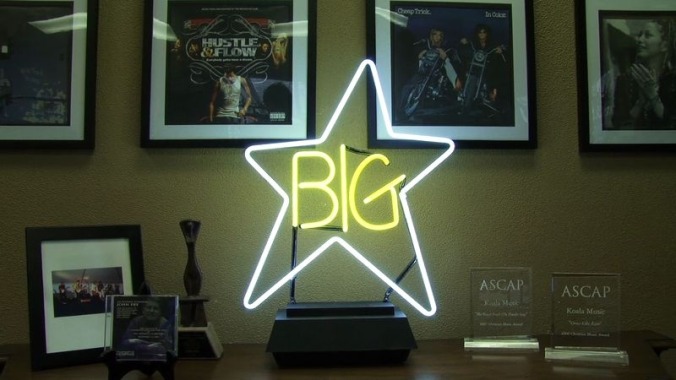Memphis: Ardent Studios - Home to Big Star, The Replacements, Isaac Hayes, and more
Most cities would be lucky to have one well-known—never mind legendary—recording studio; Memphis has been home to several. Among them are two towering giants in 20th-century pop music, Sun Studio and Stax Records. Clients can still make records at the former, but the latter was torn down and later rebuilt as a fantastic museum. (On display is Isaac Hayes’ insane Cadillac, a car so outlandish, it makes any ride from the most pimped-out blaxploitation film look understated.)
Much less of a tourist destination is Ardent Studios, a still-active recording facility where a slew of fantastic albums were recorded, from Isaac Hayes’ Hot Buttered Soul to everything by seminal power-pop band Big Star. Since Big Star ranks high on the list of A.V. Club staffers’ favorite bands, we had to go to Ardent when we visited Memphis. And the fact that we were going to get to talk with Ardent founder John Fry and Big Star drummer Jody Stephens sealed the deal.
Fry started Ardent in his parents’ garage in the late ’50s with his friends John King and Fred Smith. King stayed on for a while, but Smith left and eventually started a little company called Federal Express. (He made several million dollars in the time it took you to read that sentence.) Ardent has moved twice since those early days, opening its current facilities in 1971—right as Big Star was recording its debut album.
Ardent is most famous for the Big Star association, but it also became a sort of satellite studio for Stax. As the soul label took off in the ’60s, it needed more time than its house studio could accommodate, so Ardent played a key role in many of Stax’s releases. When Ardent started its own record label, it partnered with Stax as a distributor, which worked well until Stax went out of business in 1975 and basically took Ardent’s label down with it. (It reopened two decades later as a Christian-music label.)
Visitors who enter Ardent can see some of the most famous albums the studio recorded, including, um, the soundtrack to the 1988 Tom Cruise movie Cocktail, which featured “Kokomo.” In the corner of the entryway (it’s visible in the segment’s first shot inside the studio) is one of Fry’s first home-recording racks, a piece of equipment he used for decades.
On the table in the lobby casually sit two Grammys, both for producer/engineer John Hampton: one for mixing The White Stripes’ Get Behind Me Satan, the other for Jimmie Vaughn’s Do You Get The Blues. Next to them is something even rarer than a Grammy: an RIAA Diamond Certification statuette (that’s for 10 million albums sold) for ZZ Top’s 1983 album Eliminator.
The halls of Ardent are full of startling mementos, plus the kind of historic feeling you can’t get just anywhere. Walking around it means being in the same place a slew of icons worked, like Bob Dylan, Al Green, B.B. King, R.E.M., and The Cramps. And chances are, you’ll run into the unassuming studio manager, who just happens to be the drummer of one of the best bands of the past 40 years.
